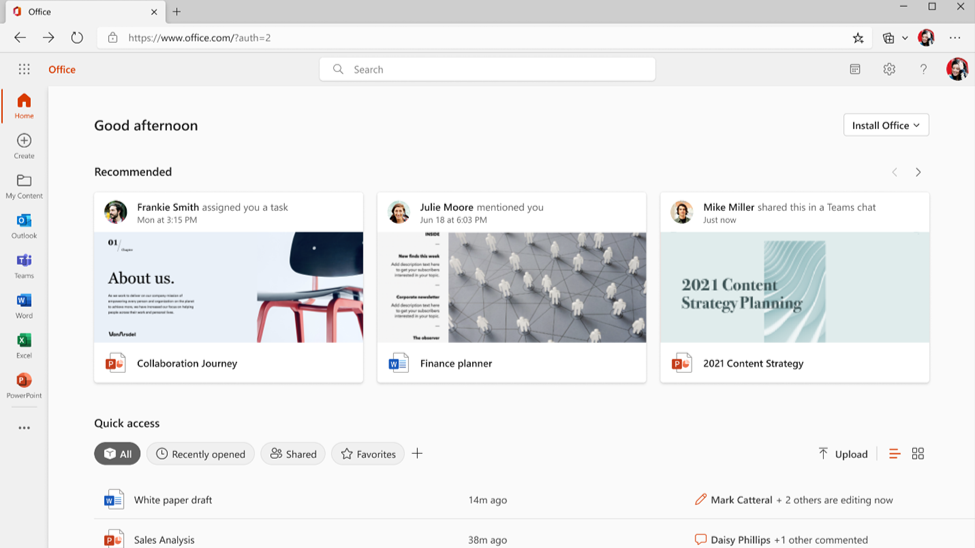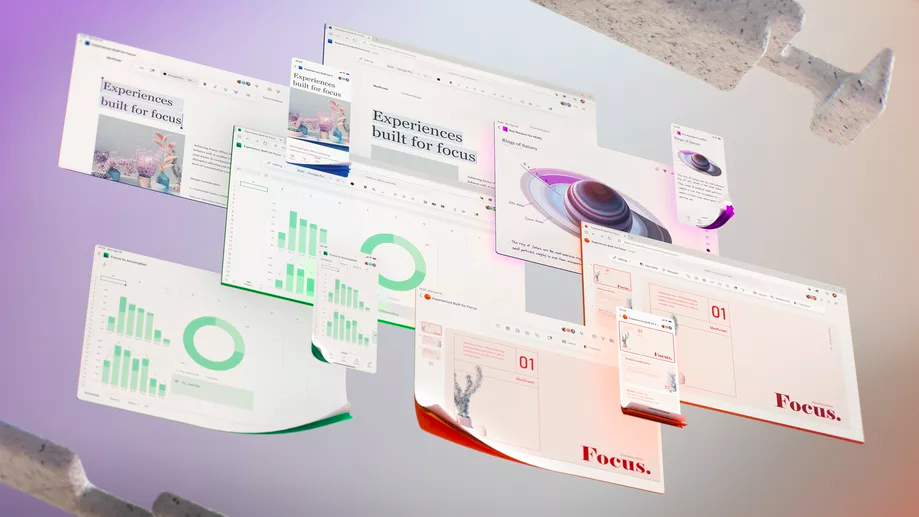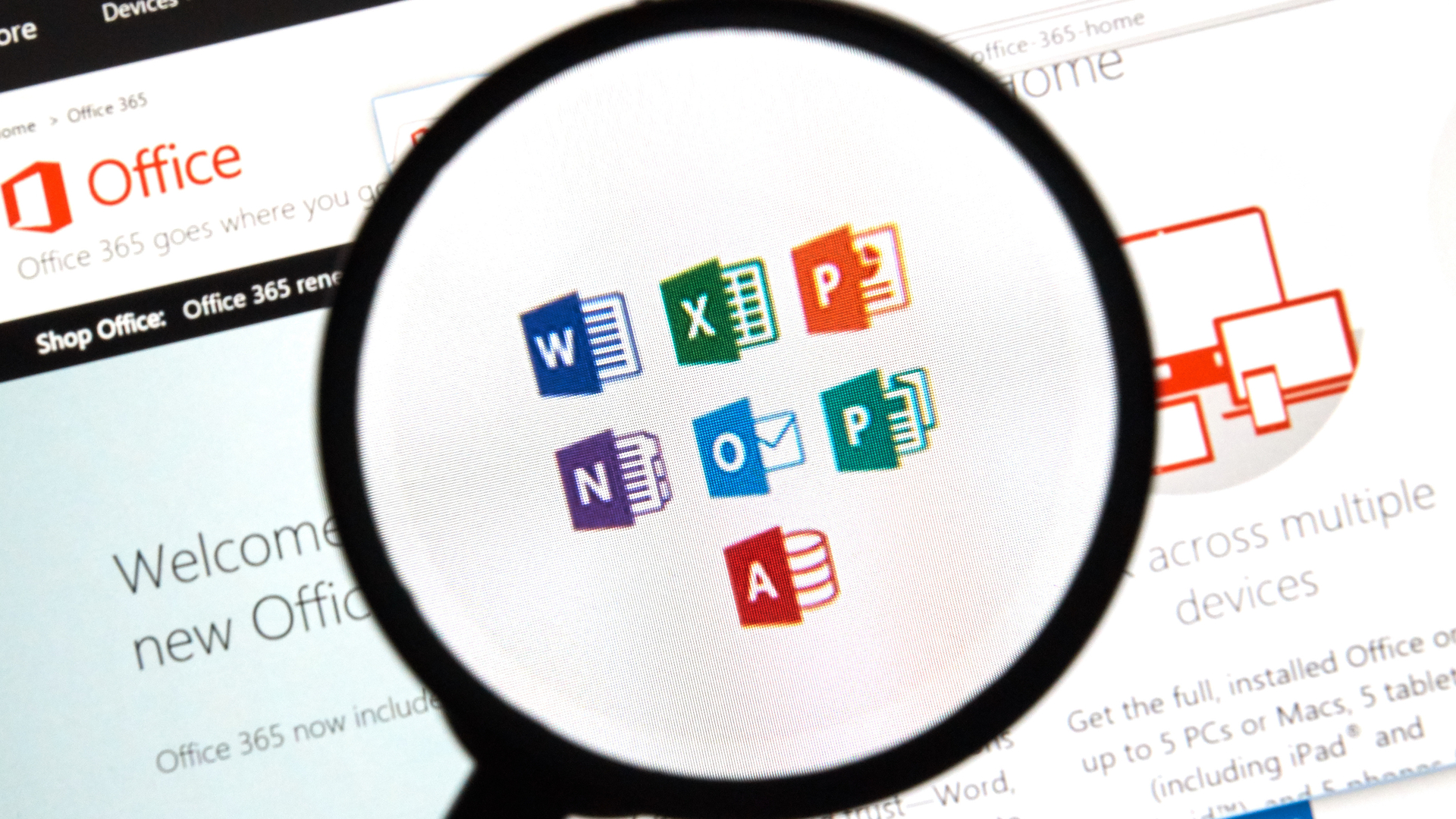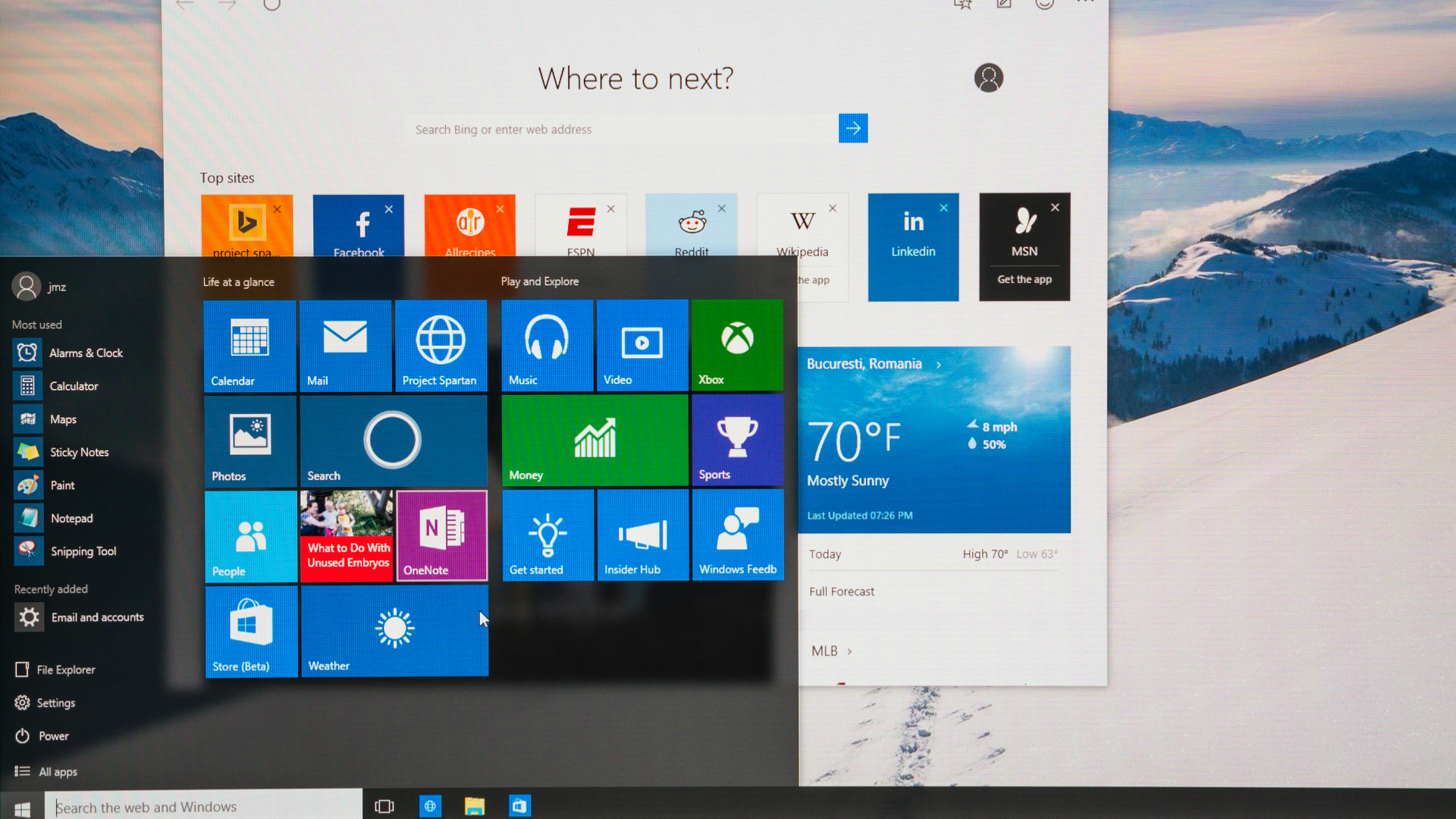Microsoft 365 is more than a name change
The Office 365 rebranding could be a sign of things to come


Over the past two decades, there can be few tech workers who have put in a harder shift than Microsoft’s branding department. Barely a week seems to pass without them changing the name of a product, sometimes putting it back to the original name a few months later, just to confuse the hell out of everybody.
The latest makeover victim is Office 365 – the subscription suite that encompasses Word, Excel, PowerPoint and so on – which is being rebadged as Microsoft 365. One can only imagine the amount of blue-sky, think-outside-the-box, no-idea-is-a-silly-idea brainstorming that went into that one.
In this case, however, I suspect the name change is more than just cosmetic. In fact, it could be an indication of a massive change to come.
While the contents of a Microsoft 365 subscription look very much like Office 365 right now, I wouldn’t mind betting that switching to the more general Microsoft name tag is paving the way for the company to add Windows to the package. No longer will your operating system be priced into the cost of a new PC or laptop. Instead, those devices will come with a 30-day free trial of Windows (much like Office does now), after which you’ll be expected to take out a subscription to keep the operating system active.
If you’re muttering “not another bloody subscription” as you read this and are about to let out a scream that will be heard two counties away, let me explain why this might not be such a terrible thing.
First, you pay for Windows anyway. You may not notice it, and you might have been told Windows 10 was “free”, but it’s not. The PC makers pay anything up to £50 per licence for Windows 10, and that cost is added to the price of new computers. If Microsoft were to turn that into a free trial, you’d hope the PC makers would pass on the savings.
RELATED RESOURCE

Master O365 governance, enforce security policies, and achieve regulatory compliance
Identify — and solve — security compliance pain points
Second, if Microsoft is charging you directly for Windows, it has a responsibility to support it. That means not simply directing you to a website or “chat assistant”, but proper telephone support, because if they don’t fix your problem, you don’t pay them next month. In other words, Microsoft will have a direct financial incentive to sort out its support.
Get the ITPro daily newsletter
Sign up today and you will receive a free copy of our Future Focus 2025 report - the leading guidance on AI, cybersecurity and other IT challenges as per 700+ senior executives
Finally, and this is the biggie, a Windows subscription makes it much easier to move to the model that will shape computing in this decade: streaming. I’m 99% certain that by the end of this decade, you won’t be running Windows on the PC in front of you, but streaming it over the internet.
Your Windows installation will be hosted in one of Microsoft’s massive data centres, and whether you’re using a laptop, desktop PC, tablet or streaming device plugged into a screen – much like Amazon’s Fire Sticks – you’ll stream Windows over your fibre broadband connection.
Microsoft will look after backup for you; Microsoft will store all your documents, photos and other files; Microsoft will charge you for all this in one convenient monthly sum and will call it Microsoft 365. Well, at least until the branding department has another brainwave.
Barry Collins is an experienced IT journalist who specialises in Windows, Mac, broadband and more. He's a former editor of PC Pro magazine, and has contributed to many national newspapers, magazines and websites in a career that has spanned over 20 years. You may have seen Barry as a tech pundit on television and radio, including BBC Newsnight, the Chris Evans Show and ITN News at Ten.
-
 Bigger salaries, more burnout: Is the CISO role in crisis?
Bigger salaries, more burnout: Is the CISO role in crisis?In-depth CISOs are more stressed than ever before – but why is this and what can be done?
By Kate O'Flaherty Published
-
 Cheap cyber crime kits can be bought on the dark web for less than $25
Cheap cyber crime kits can be bought on the dark web for less than $25News Research from NordVPN shows phishing kits are now widely available on the dark web and via messaging apps like Telegram, and are often selling for less than $25.
By Emma Woollacott Published
-
 A DevOps guide to the Salesforce platform
A DevOps guide to the Salesforce platformWhitepaper Learn how to ship code faster, safer, and with agility.
By ITPro Published
-
 Developers: ‘Don’t interrupt us if you want better collaboration’
Developers: ‘Don’t interrupt us if you want better collaboration’News Fostering closer collaboration can sometimes require a hands-off approach to work, GitHub found
By Ross Kelly Published
-
 Microsoft revamps Office website for business and school users
Microsoft revamps Office website for business and school usersNews Customers will see new personalization and content creation features this week
By Danny Bradbury Published
-
 Microsoft's Office LTSC 2021 now generally available on Windows and Mac
Microsoft's Office LTSC 2021 now generally available on Windows and MacNews The non-subscription version of Office designed for regulated customers promises improved performance and expanded accessibility
By Rene Millman Published
-
 WWDC 2021: Apple unveils iOS 15, macOS Monterey and more
WWDC 2021: Apple unveils iOS 15, macOS Monterey and moreNews We take a look at all the features Apple revealed for its desktop, smartphone and tablet operating systems
By Bobby Hellard Published
-
 Microsoft hints at standalone successor to Office 2019 suite
Microsoft hints at standalone successor to Office 2019 suiteNews The firm appears to U-turn on plans to scrap 'perpetual licence' editions of Microsoft Office
By Keumars Afifi-Sabet Published
-
 Microsoft Teams rapid resource guide
Microsoft Teams rapid resource guideWhitepaper How to enable effective remote working at speed with Microsoft Teams
By ITPro Published
-
 How to get help in Windows 10
How to get help in Windows 10Tutorials Find out how to get expert help and support for Windows 10 from Microsoft and others
By Clare Hopping Last updated